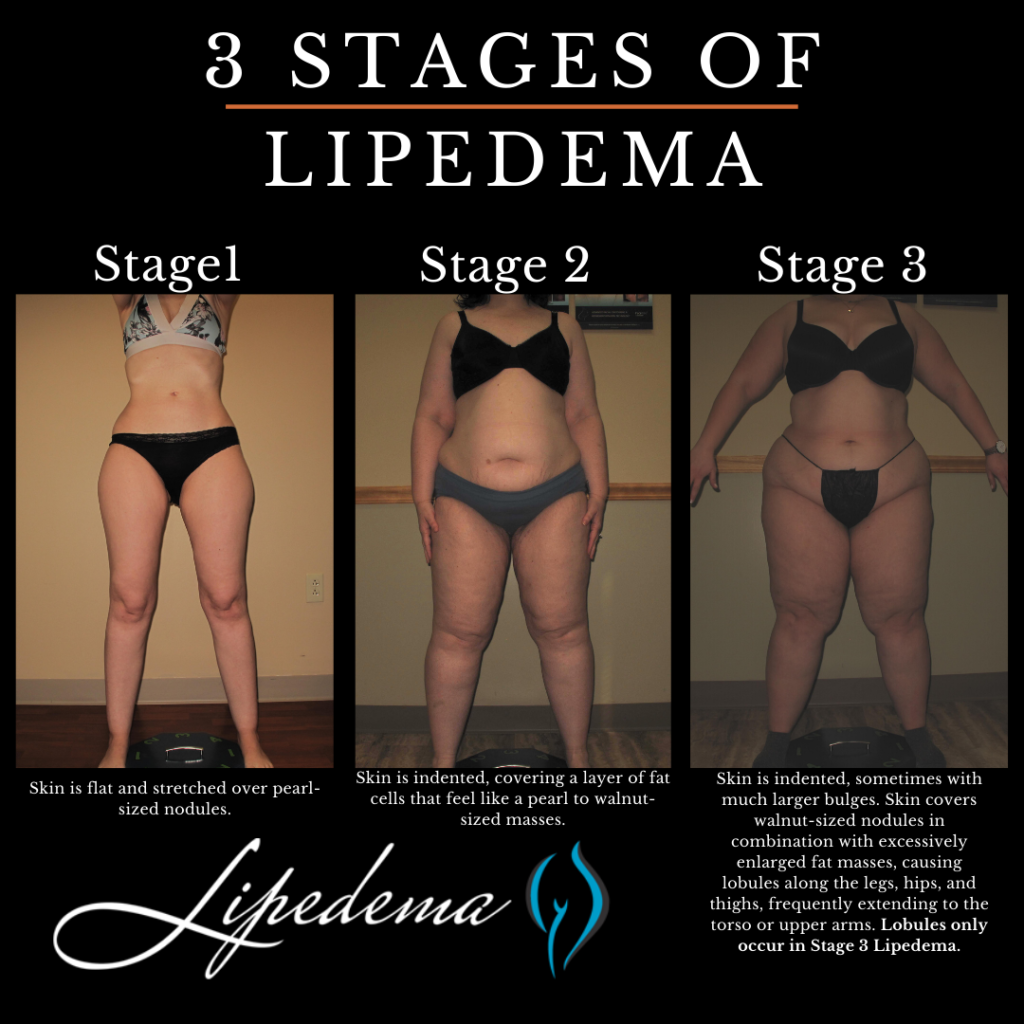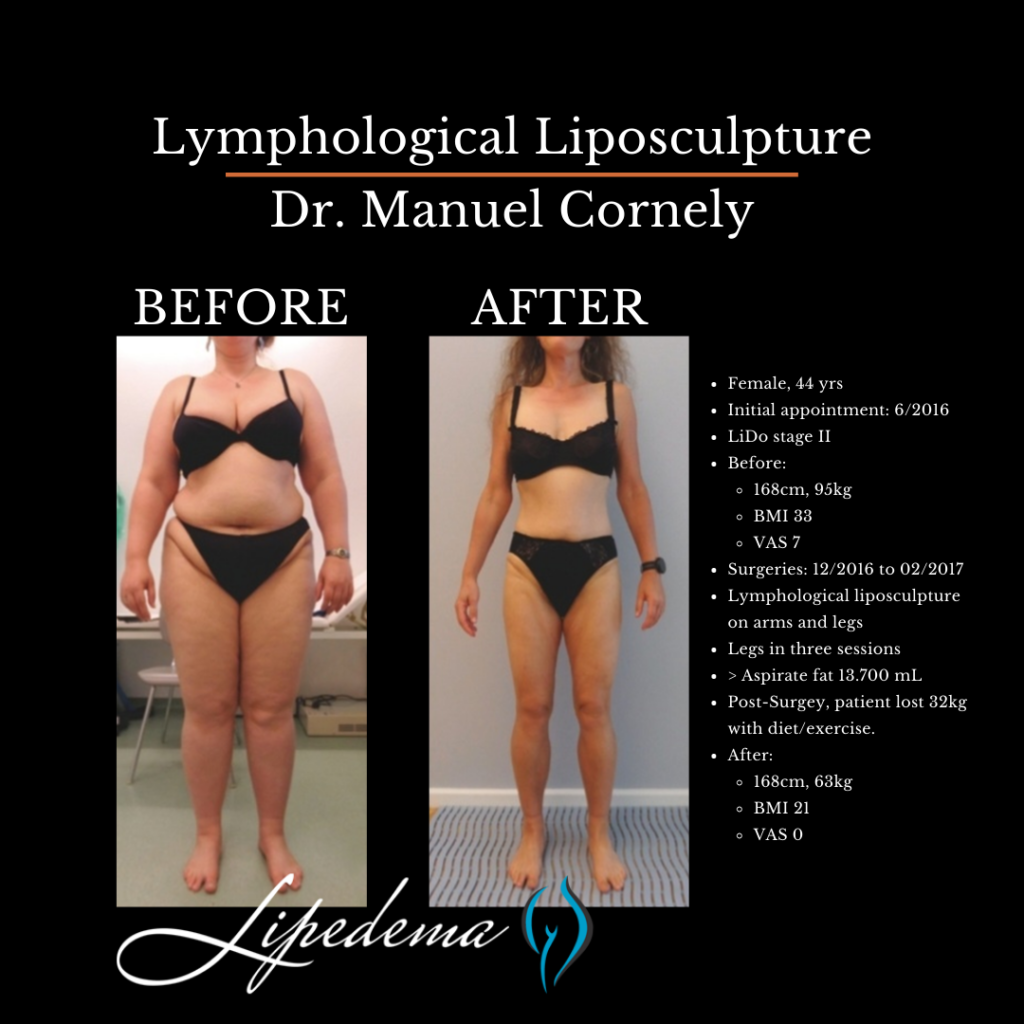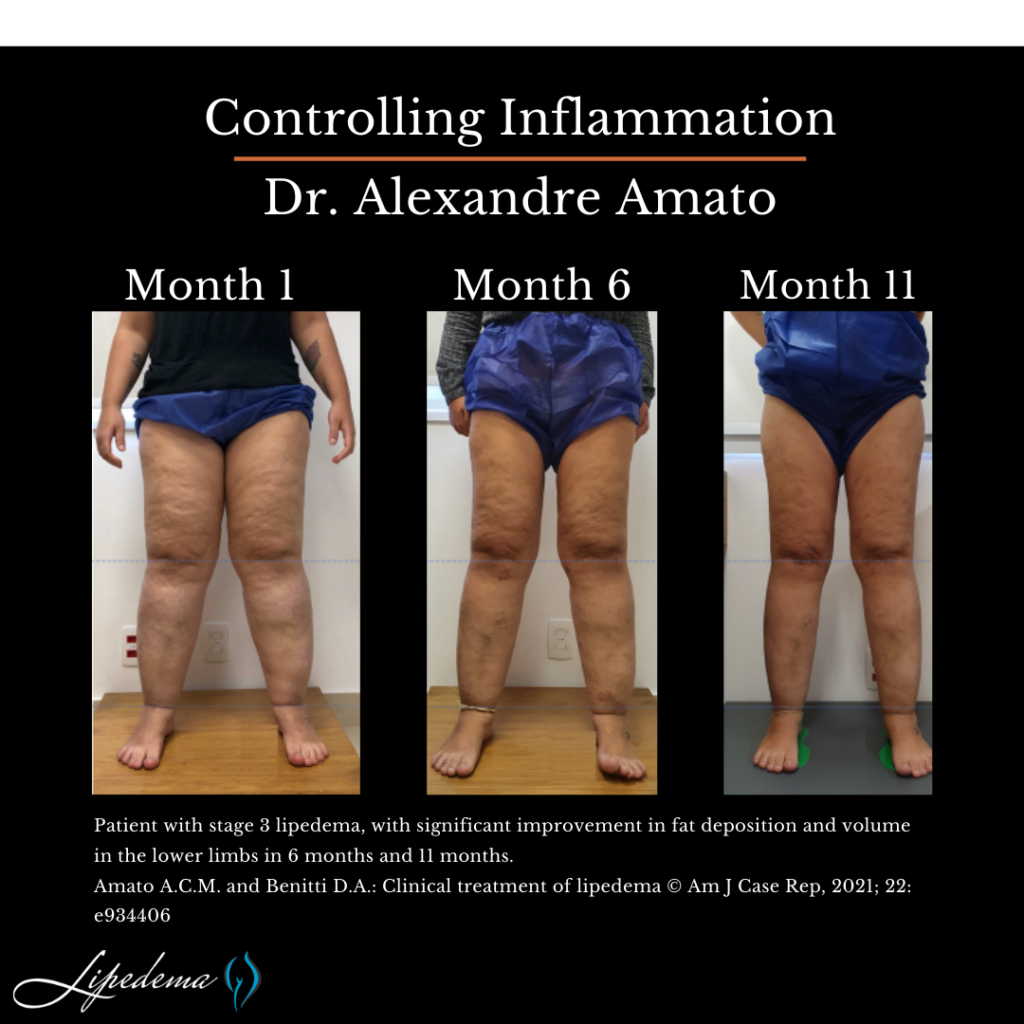Lipedema, also known as lipoedema, is a chronic condition that affects many women worldwide. It is characterized by an abnormal accumulation of painful adipose tissue, primarily in the legs. Unfortunately, lipedema is often misdiagnosed as simple obesity, leading to misunderstandings and challenges for women seeking proper healthcare. In this comprehensive guide, we will explore the causes, symptoms, and management of lipedema. We will also delve into St. Louis lipedema treatment options, highlighting the importance of early diagnosis and a multidisciplinary approach to care.
Understanding Lipedema: Causes and Symptoms
Lipedema is a complex condition with various factors contributing to its development. While the exact cause is unknown, there is a strong hereditary component, suggesting a genetic predisposition to the disorder. Hormonal imbalances and significant life events, such as puberty, pregnancy, or menopause, can trigger the onset of lipedema symptoms.
The classic presentation of lipedema is characterized by a disproportionate accumulation of fat in the lower body, while the upper body remains relatively unaffected. The legs may appear columnar or lumpy, with fat deposits often extending from the hips to the ankles. Importantly, the feet and ankles are not typically affected, distinguishing lipedema from regular weight gain.
In addition to the visible fat accumulation, individuals with lipedema experience pain and tenderness in the affected areas. The fat deposits can be sensitive to pressure and may bruise easily. Furthermore, the skin overlying the fat may feel different from other areas of the body, exhibiting reduced elasticity.


The Three Stages of Lipedema
Lipedema is commonly described in three stages, although it is important to note that these stages of lipedema are not necessarily progressive. The stages reflect the severity of the condition and the presence of additional factors such as obesity and lymphedema.
Stage 1: Early Lipedema
At this stage, individuals primarily experience lipedema without significant obesity or lymphedema. The legs exhibit excess fat accumulation, and pressure on the fat deposits may cause pain. The skin remains healthy, and there is no visible swelling in the ankles or feet. While the symptoms may be bothersome, with proper management, Stage 1 lipedema can be effectively controlled.
Stage 2: Moderate Lipedema
In Stage 2 lipedema, the fat accumulation becomes more pronounced, and the pain and discomfort intensify. The affected areas may exhibit increased sensitivity, making daily activities challenging. At this stage, individuals may also begin to notice swelling in the ankles and feet, indicating the potential onset of lymphedema. It is crucial to seek appropriate treatment and lifestyle management strategies to prevent further progression.
Stage 3: Advanced Lipedema
Stage 3 lipedema represents the most severe form of the condition, often accompanied by significant obesity and lymphedema. The excess fat deposits are more extensive, causing considerable pain and impairing mobility. Swelling in the lower extremities becomes more apparent, requiring specialized treatment approaches to manage the combined effects of lipedema, obesity, and lymphedema.


St. Louis Lipedema Treatment Options
In St. Louis, there are various treatment options available for individuals living with lipedema. It is essential to consult with a healthcare professional experienced in managing this condition to develop a personalized treatment plan. A multidisciplinary approach is typically recommended, combining medical interventions, lifestyle modifications, and emotional support.
Medical Interventions
Medical interventions for lipedema focus on symptom management and improving overall well-being. The following treatments may be considered:
- Conservative Management: This approach includes dietary modifications, exercise, and weight management to control the progression of lipedema and prevent associated complications. While weight loss may not significantly reduce the fat deposits in the affected areas, it can improve overall health and potentially alleviate some symptoms.
- Compression Therapy: Compression garments, such as specialized stockings or leggings, can help reduce pain, support the lymphatic system, and prevent fluid accumulation. These garments exert gentle pressure on the legs, promoting proper fluid circulation and reducing swelling. It is important to work with a healthcare professional to ensure the proper fit and use of compression garments.
- Physical Therapy: Physical therapy can play a crucial role in managing lipedema symptoms. Therapeutic exercises, manual lymphatic drainage, and other specialized techniques can help improve mobility, reduce pain, and enhance overall quality of life.
- Liposuction: In some cases, liposuction may be considered as a surgical intervention for lipedema. This procedure aims to remove excess fat deposits and reshape the affected areas. Liposuction should be performed by a skilled surgeon experienced in treating lipedema to achieve optimal results.

Lifestyle Modifications
In addition to medical interventions, lifestyle modifications can greatly impact the management of lipedema. The following strategies may be beneficial:
- Healthy Diet: Adopting a balanced and nutritious diet can support overall health and weight management. Working with a registered dietitian experienced in lipedema can help develop a personalized meal plan that meets nutritional needs while considering the unique challenges of the condition.
- Regular Exercise: Engaging in regular physical activity can enhance cardiovascular health, improve lymphatic function, and assist with weight management. Low-impact exercises such as swimming, walking, or cycling are often recommended for individuals with lipedema.
- Stress Management: Stress can exacerbate lipedema symptoms and impact overall well-being. Implementing stress management techniques such as meditation, yoga, or mindfulness practices can help reduce stress levels and promote emotional well-being.
Emotional Support and Education
Living with lipedema can be emotionally challenging, as individuals may face stigma, body image concerns, and difficulties in finding appropriate healthcare providers. Seeking emotional support and education can significantly improve coping mechanisms and overall mental health. Connecting with support groups, patient communities, and organizations dedicated to lipedema can provide valuable resources and a sense of belonging.
Conclusion
Lipedema is a chronic condition that requires a comprehensive approach to management. Understanding the causes, symptoms, and available treatment options is essential for individuals living with lipedema. In St. Louis, there are dedicated healthcare professionals experienced in diagnosing and treating lipedema. By implementing a combination of medical interventions, lifestyle modifications, and emotional support, individuals with lipedema can effectively manage their symptoms and improve their quality of life. Remember, early diagnosis and treatment are key to preventing further progression and maintaining optimal health. If you suspect you may have lipedema, consult with a healthcare professional experienced in managing this condition to develop a personalized treatment plan tailored to your specific needs.




